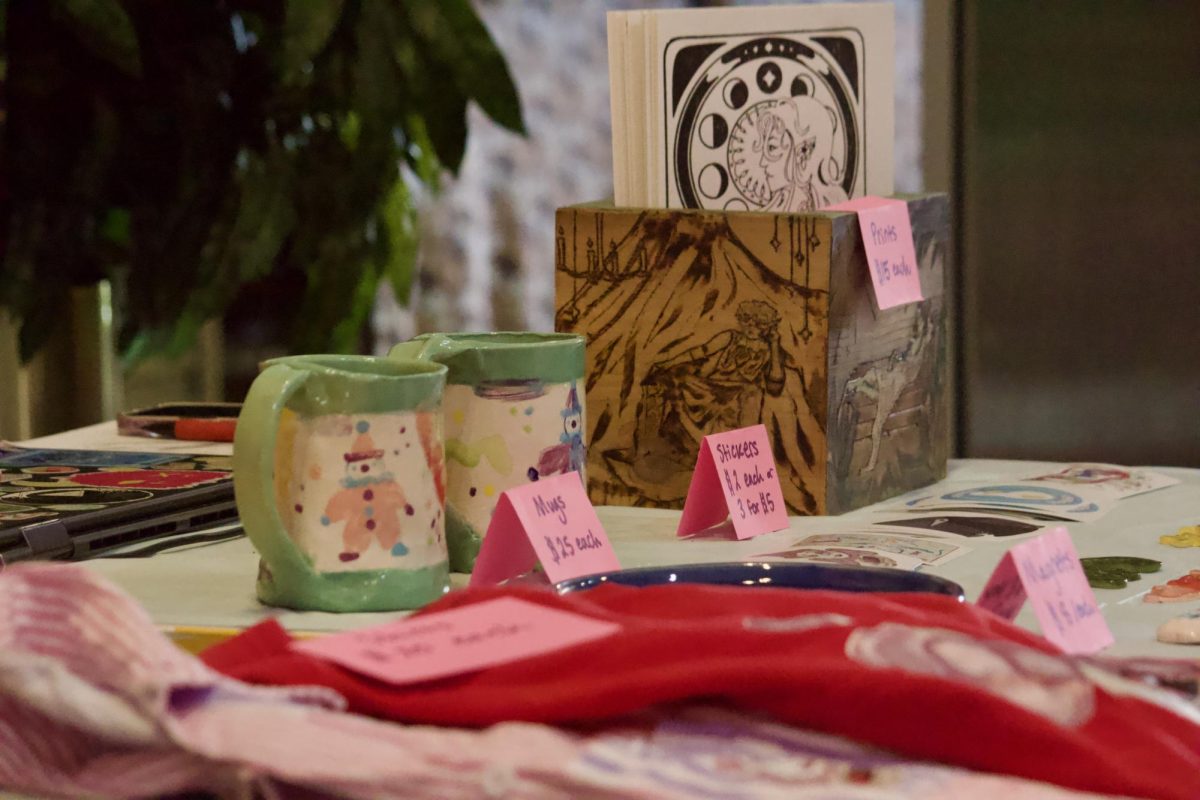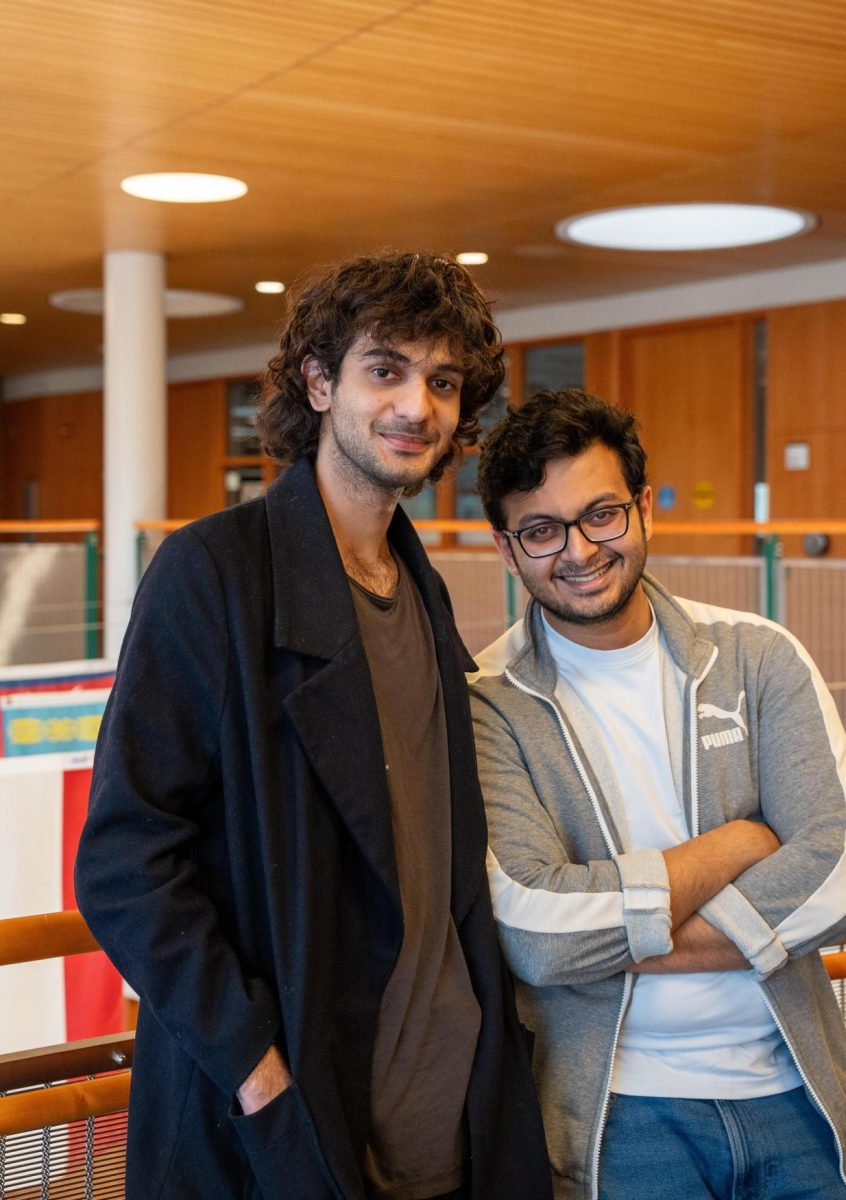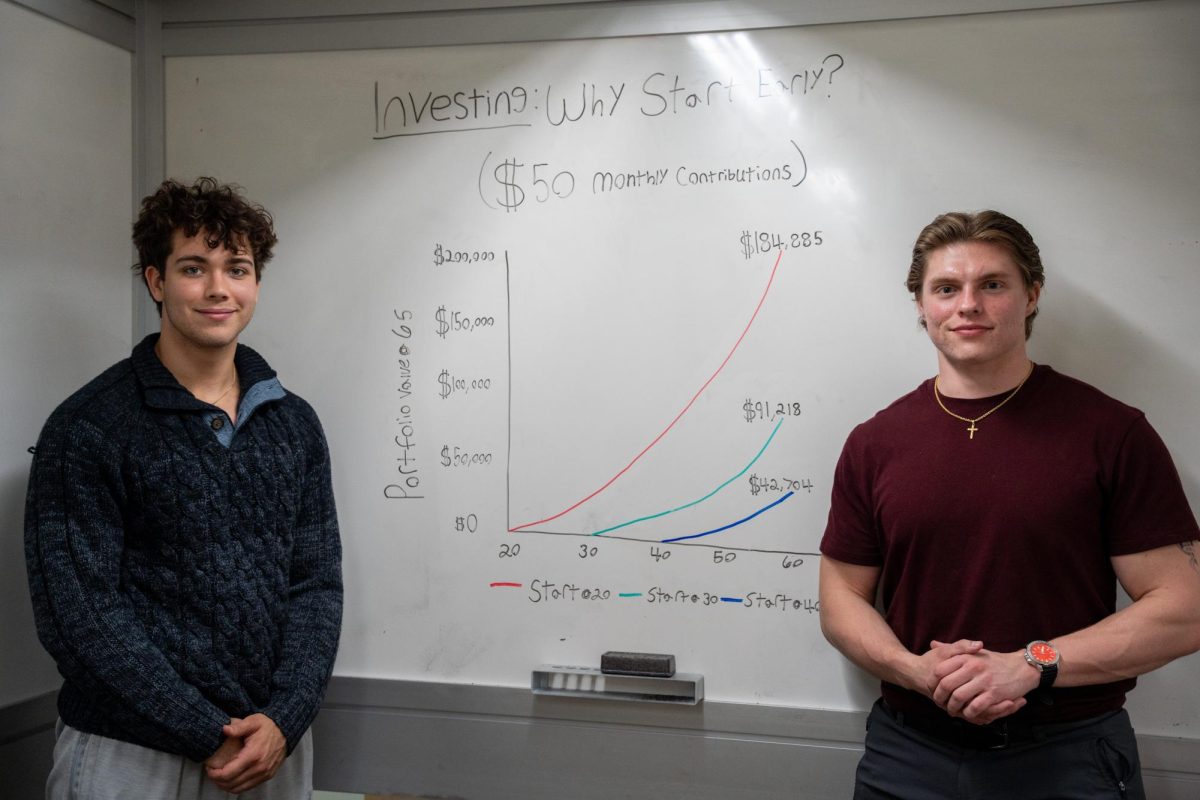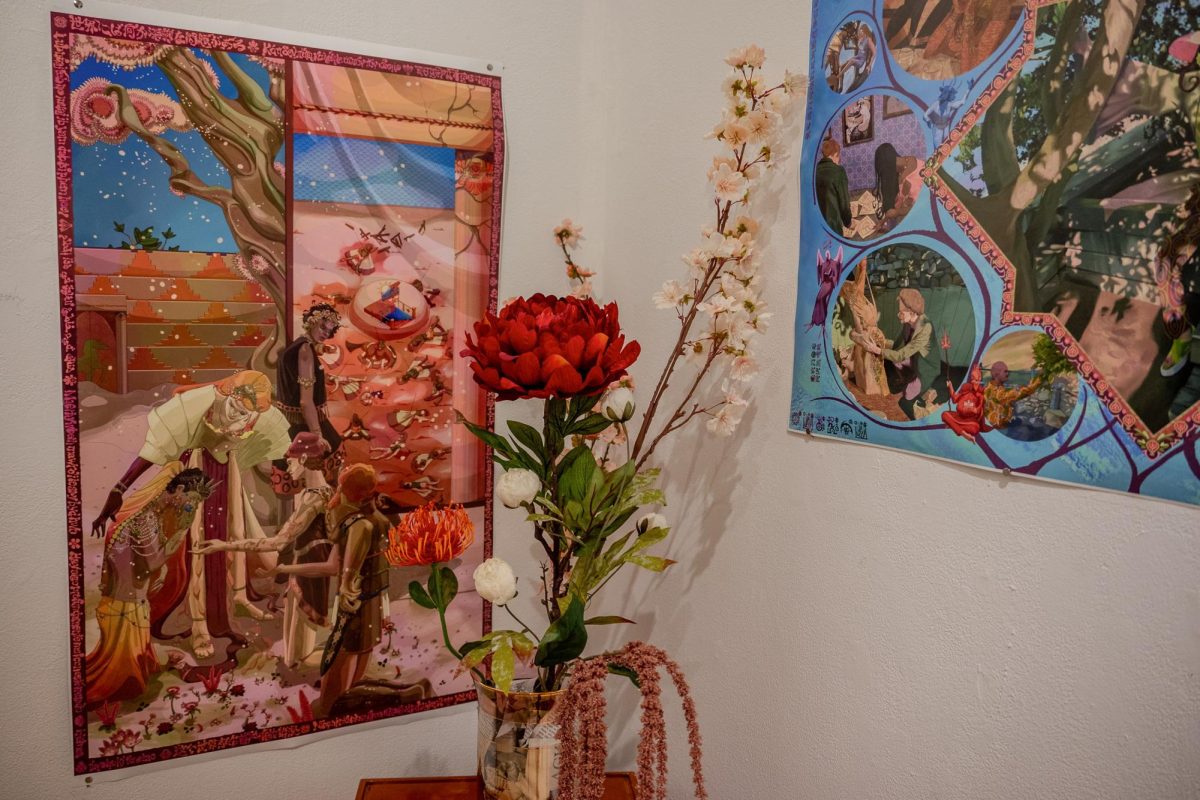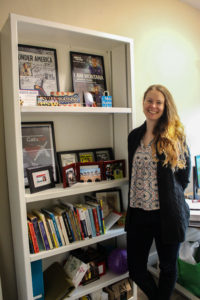
CLS has been funding students for internships for nearly 20 years and recently has honed in on helping out students focus on artistic areas for internships. This past summer, 29 students participated in art related internships and 15 of them were funded by CLS. The majority of internships are unpaid, which is why Grinnell does their best to limit the negative effects of a lack of funds.
Funds from the College can be especially helpful for students seeking internships who could not otherwise afford to live away from home for a summer. Despite being usually associated with social sciences or STEM, funding for internships in the arts, too, are open to all students.
Director of Arts, Media, and Communications Rachel Harvith ‘00 has been in charge of organizing opportunities for students in the arts since joining the College’s staff. “It’s a way [for students] to expand their creative practice because we’re not a fine arts institution,” said Harvith. “There are certain pieces of equipment that we don’t have here, there are certains things that we don’t teach.”
Last summer, a large group of students went to Brooklyn, NY and New Mexico. The trips allow students to experience different institutions and communities around the world. “It’s a good way for students to see how others who have artistic skills have used those in a career setting and to see all the different positions that are available in those careers,” Harvith said.
“[An internship] starts building not only art skills but also the opportunity to communicate with other artists,” Harvith said. Within the arts community it is necessary to create networks as artists tend to know one another.
Students Charlotte Richardson-Deppe ’19 and Judith Tong ‘19 interned this past summer in New York City with a weaving studio and a print shop, respectively. Both internships exposed them to well-known artists and allowed for practice using advanced machinery specific to the art types and styles of each shop’s profession.
Weaving Hand, the studio where Richardson-Deppe interned, was granted a residency at the Museum of Art and Design. “My time was split between going to the studio space helping with the Weaving Hand programs… and being at the museum,” she said.
She helped with making 30 cocoon-like suits that covered people’s entire bodies with a heavy, predominately black fabric that had splashes of reused neon ropes weaved in. At the end of her internship, the cocoons were used in a performance at the museum. Both her and Tong were dancing in the performance as original electronic music played.
Now that Richardson-Deppe has experienced New York, she believes that going back in the future would be less intimidating. “I feel like now that I have contacts there, it won’t be as intimidating to just move now that I’ve had an internship,” she said.
Tong worked with a Grinnell alum for her internship. The shop specializes in large pieces using a multitude of mediums, which taught Tong how to work with each of the different mediums and how to work with specialty items.
A woodshop near her internship was closing down while Tong was working, and her boss suggested she check out what they had. “I got a ton of Plexiglas for free, it’s probably [worth] $1,000,” said Tong. Many of her pieces, including what is in Smith Gallery right now, were created from those sheets of Plexiglas.
One artist had to print over 2,000 prints using a semi-automatic press. Though he planned to do this without the studio’s help, at one point he had to leave for a month. “I took his place, and I was just working with his assistant and we printed like, 2,000 prints,” Tong said.
Both Richardson-Deppe and Tong were funded by CLS for their internships. “It would not have been possible to live in New York City without [funding],” Richardson-Deppe said.








